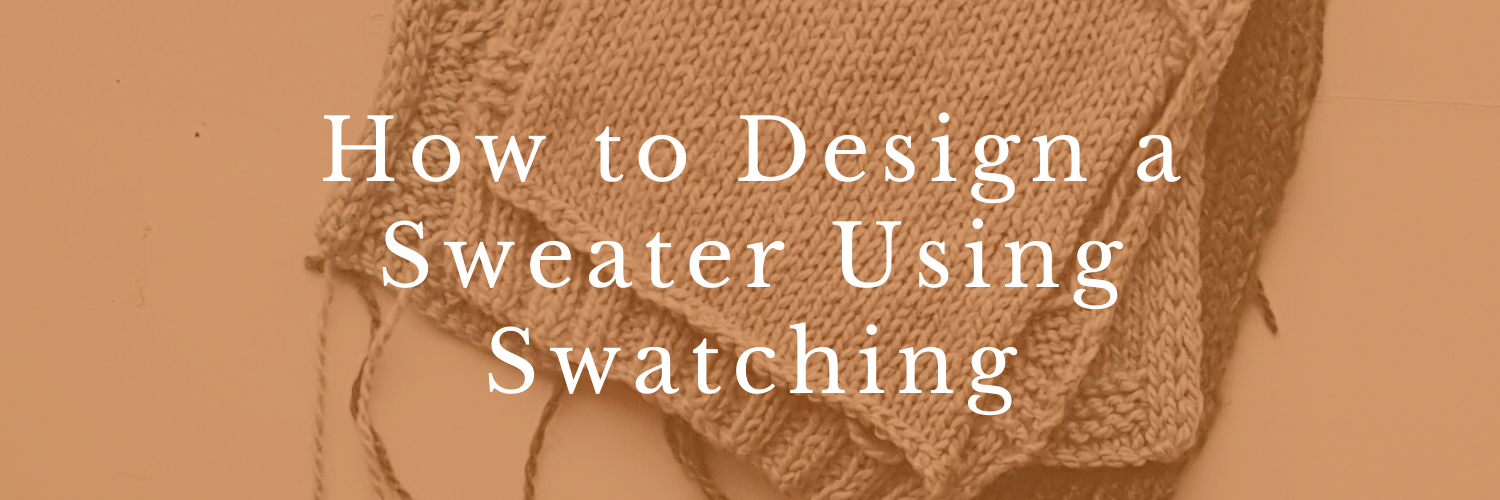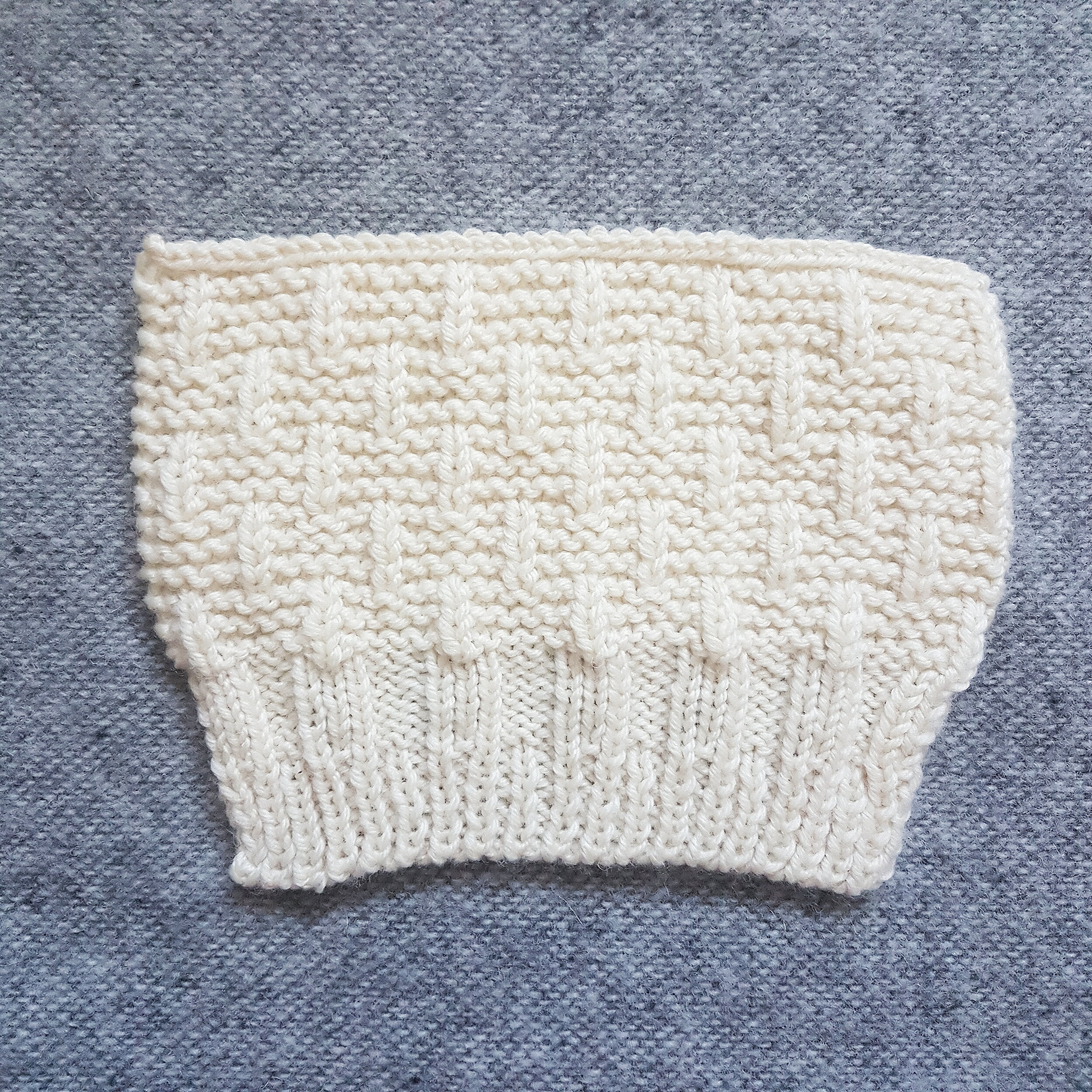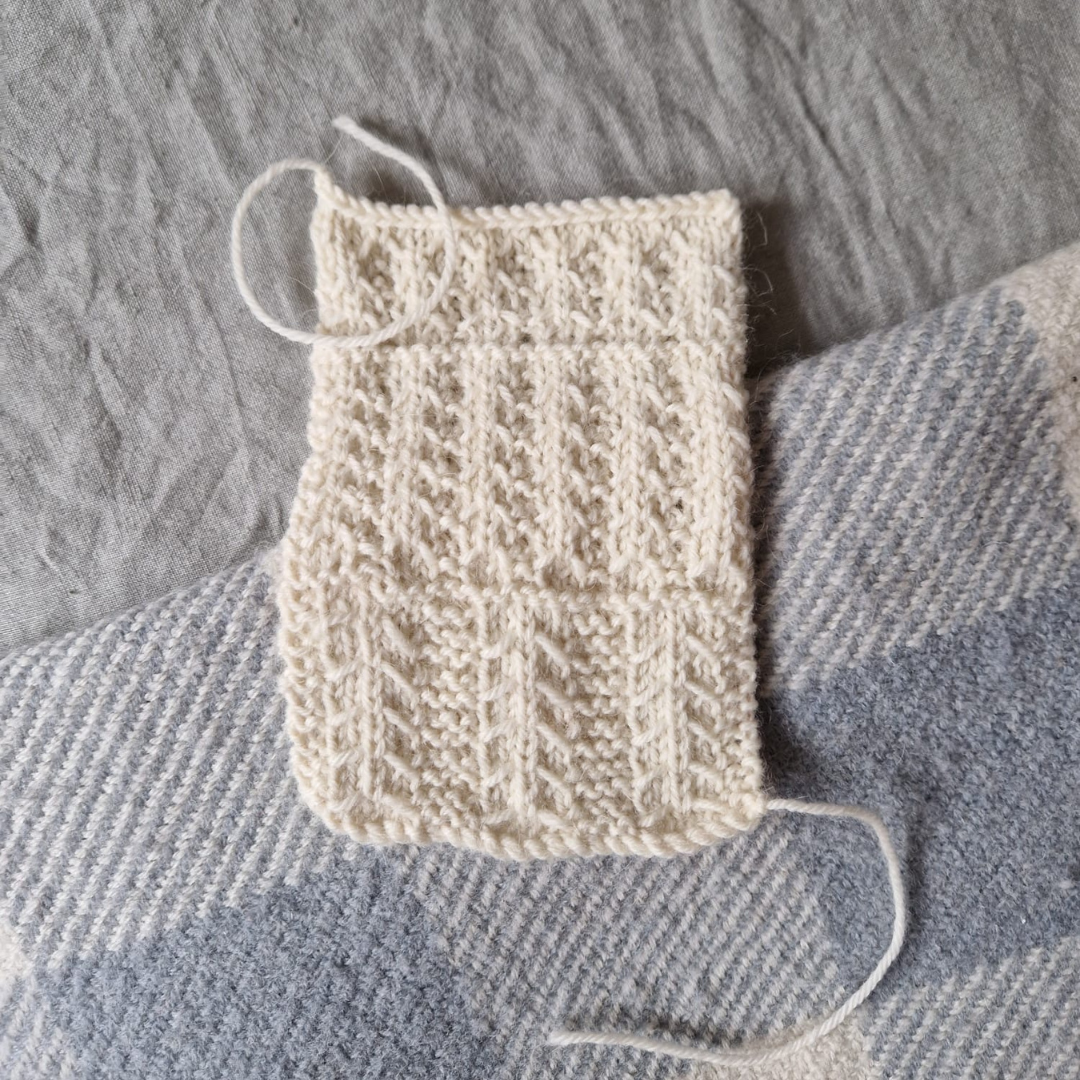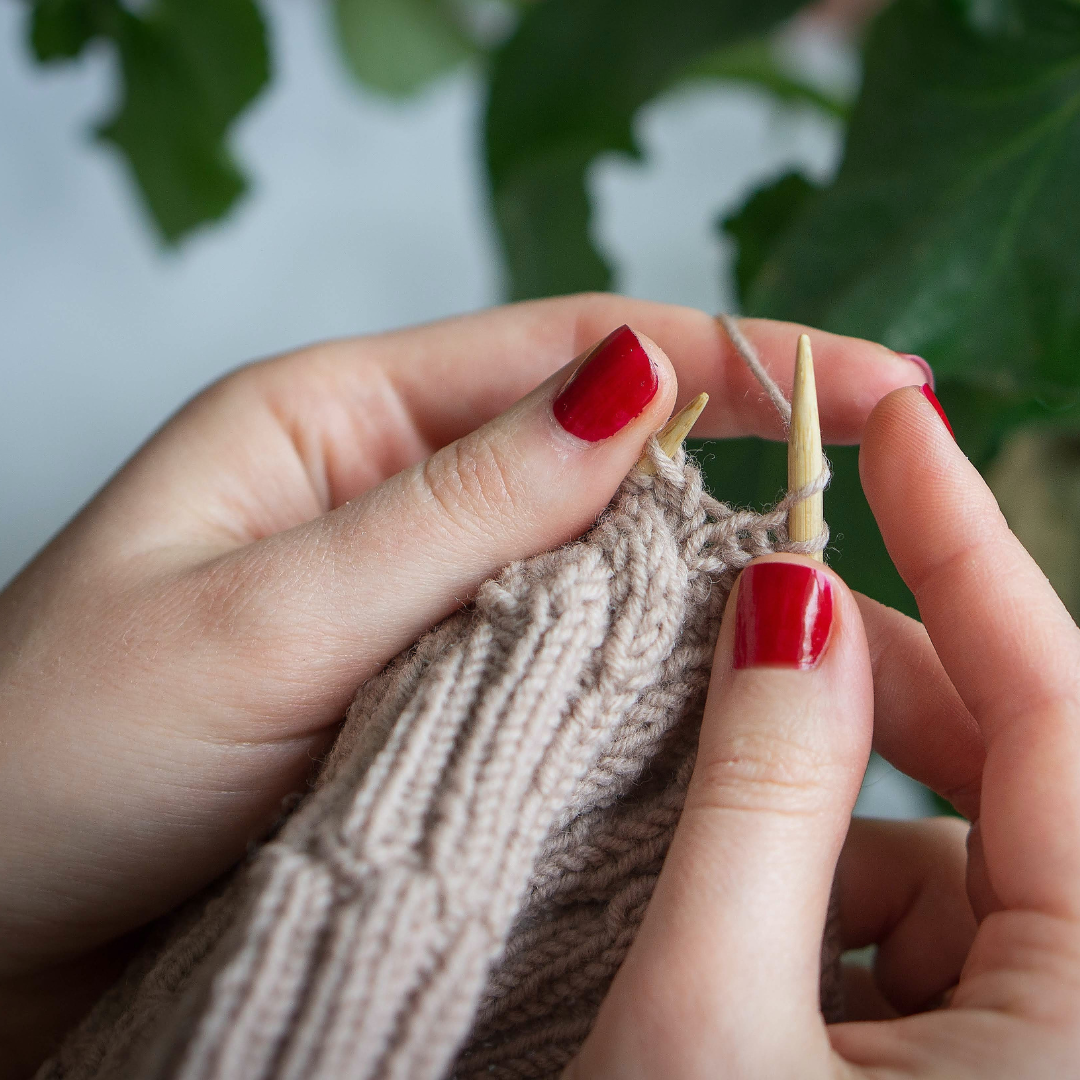How to Design a Sweater Using Swatching
Have you ever sketched a design that you’ve fallen in love with, but immediately thought, “How would I even attempt to create this?”
It’s a situation that many knitting pattern designers find themselves in. It’s one thing to have a creative idea, but it’s another entirely to turn it into a knitted form.
That’s where swatching comes in.
Swatches don’t just have to be large squares of fabric that you test your gauge on. They can become mini-garments that you test all of your ideas on, so that you can actually bring them to life. In this blog post, I’ll show you how.
Designing Prototype Sweaters Through Swatching
In the fashion industry, there is a role called a “Swatch Designer” - and that was my job for a couple of years.
As a swatch designer, I machine-knitted swatches that were designed to inspire fashion brands. Many brands don’t have in-house knitwear designers and their existing designers don’t have knitwear experience, so they rely upon knitted swatches to innovate and show them what’s possible.
The swatches didn’t look like what you might imagine - instead of being squares of fabric, they looked like mini-garments. They didn’t have backs - just a front panel, neckline and sleeves - all sized down to an A3 piece of paper.
Swatching was a way of demonstrating how every design detail looked together, including the yarn, stitch, shaping and more. The client could also get a feel for the fabric: how it looked when knitted in a certain stitch or gauge, what the drape looks and feels like, etc. The swatches were very informative and allowed brands who bought them to see tangible ideas in front of them.
In the swatch that I pitched for the Hay sweater that ended up in Laine magazine, I included my ribbed trim ideas as well as how I envisioned the stitch panel.
Using Swatching as a Design Tool
I’d like us to start approaching our swatching process in the same way that a swatch designer might. I’m not suggesting we start knitting up full prototypes of our sweater ideas, however, I’d like us to stop using swatching only for gauge purposes.
All of the basic principles of swatching still apply here:
Make your swatches big - at least, 20 cm/8 in.
Wash and dry your swatch using the method that you’ll use on the final garment.
Knit swatches flat if the garment uses flat knitting.
Knit swatches in the round if the garment uses in-the-round knitting.
Additionally, consider exploring the following ideas in your swatches:
What kind of trims you want it to have (You don’t need to default to a ribbed trim!)
How the trim transitions into the primary stitch pattern
How varying stitches look together
How the fabric feels using different needles sizes
What kind of construction methods you want to use
Deborah Newton’s Swatching Process
There is an episode of Fruity Knitting where Andrea interviews Deborah Newton. At one point during the interview, Deborah shares how important swatching is to her design process and shows some of her swatches that indicate exactly how she wants her designs to look. It’s incredibly inspiring!
I’ve set the video below to start playing at the point where Deborah discusses her swatches. It’s only short, so make sure you watch it!
My swatches don’t look like garments yet (although, I now feel totally inspired to take them a step further!) but I do use them to explore my design details in a more tangible way than just sketching them.
Swatching is an Exploration
Approach swatching, not as a chore, but as an exploration; a way of developing your ideas and bringing even more sophistication to them. When you’re spending countless hours on a sweater design, it deserves the upfront work to make a truly inspiring swatch.
Discussion
How do you approach swatching? Share your thoughts in the comments section below.












